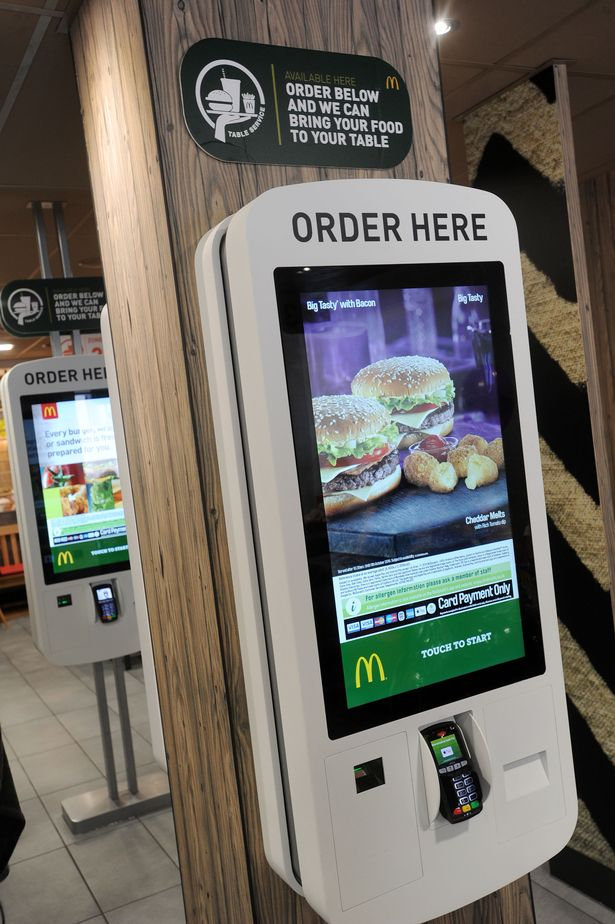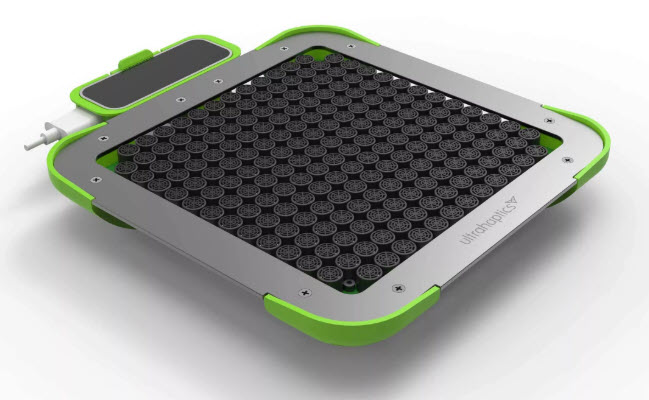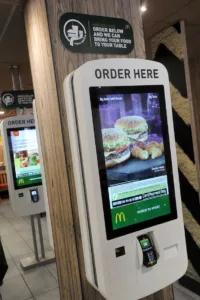It’s funny how, sometimes, two or three news stories just pop up together that seem to be related. Synchronicity is, I think, the technical term! However, the trigger of this little cluster of news was something slightly revolting…

A hat-tip to Dave Haynes and his excellent Sixteen:Nine blog for the first item. He picked up on a report made by the free London newspaper, Metro, that worked with researchers that tested a number of the touchscreens used in McDonalds in the UK and found ‘gut and feacal bacteria’ on all the screens. That’s not surprising, really, but of course most of the food eaten in this kind of fast food outlet is eaten with the hands and few would wash their hands between ordering and taking their food. The problem is no worse for McDonald’s than it is for many other touch screens – and probably not as bad as some places as McDonalds is an organised business that pays attention to cleaning and presentation.

Dr. Paul Matewele, a senior lecturer in microbiology at London Metropolitan University, in an interview with Metro, said
“We were all surprised how much gut and fecal bacteria there was on the touchscreen machines. These cause the kind of infections that people pick up in hospitals. For instance Enterococcus faecalis is part of the flora of gastrointestinal tracts of healthy humans and other mammals. It is notorious in hospitals for causing hospital acquired infections.”
Haynes also pointed to an article that shows that this problem is not just with touch screens.
This is not a new topic and I learned many years ago that Japanese consumers, in particular, dislike touch screens because of fears of infection. (we’ve actually published 17 articles about anti-microbial glass from Corning et al as well as films, in just the last four years)
Synchronicity Kicks In
However, just after I saw that article, another popped up in my inbox. I had been thinking that there are probably two solutions to this problem – either by allowing the user to connect their own smartphone to the kiosk using Bluetooth, or similar, or by removing the physical touch by using gestures. However, gestures are not yet an established way of inputting control signals to devices, I don’t think (well, excluding the venerable musical theremin!). The second article was in the Nikkei and described a gesture sensor that can not only recognise the way that the hands move, but also can detect the number of fingers being used. That means, for example, that ‘Yes’ could be one finger and five could represent ‘No’. The technology has been developed by Kodenshi Corp.
(It has occured to me that for gestures to become really useful, there needs to be a ‘grammar’ for gestures that everybody understands – in the way that we all know where the pedals are in cars or how to do pinch and squeeze from Apple’s touch systems).
However, one of the disadvantages of using gestures is that it is hard to get feedback. Every kiosk designer knows that haptics and feedback on the success (or otherwise) of input commands is essential to keeping the user happy – we all love the clicks and vibrations of mechanical switches and keyboards. However, getting feedback to a successful gesture is a bit more of a challenge. And that brings us to release three.
And again
One of the intriguing technologies that has been on the edge of my radar for several years is haptic feedback based on ultrasound technology. We’ve been watching this for a while. One of the industries that is very interested in this is the automotive industry – which would love to allow you to control things in the car using gestures, and getting feedback on the operations. The news was that the start up in the UK, Ultrahaptics, has been able to raise a $45 million ‘C’ round of investment to further develop its technology, which we have been reporting on since early in 2015 and which I have seen at CES (and published 14 articles on since then).
 The Ultrahaptics development kit shows that things may need miniaturising to make real products. Each of the circles that you see is an ultrasonic transducer and the output from these is combined to create different effects.
The Ultrahaptics development kit shows that things may need miniaturising to make real products. Each of the circles that you see is an ultrasonic transducer and the output from these is combined to create different effects.
Clearly, there is a future where we will be able to order our burgers without getting our fingers dirty (or where hand sanitisers are fitted to the sides of the touch screens!). We’ll be able to specify the size of the fries order with the number of fingers, and get a haptic response ‘in mid air’. – Bob Raikes.

